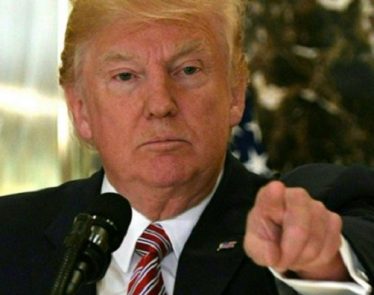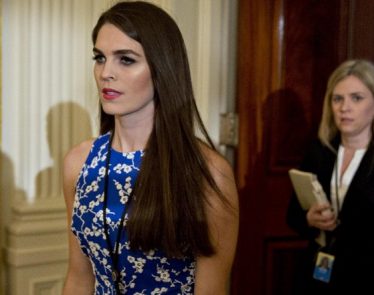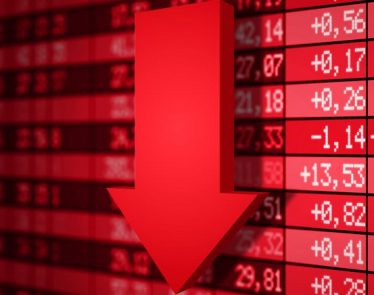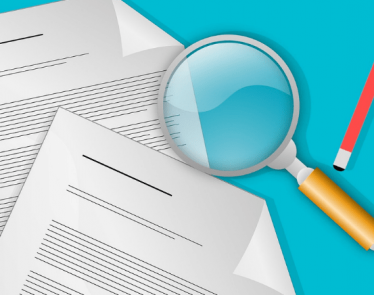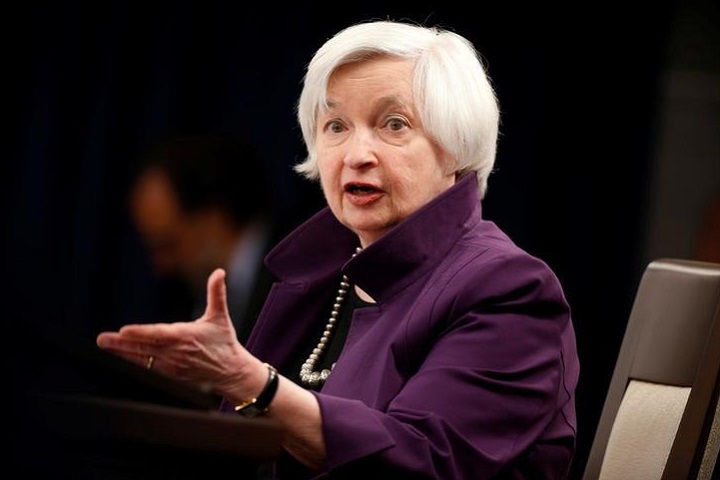
According to what Janet Yellen, Chair of the Federal Reserve said on Wednesday, the U.S. economy is healthy enough to execute the plans they announced earlier this year in June. That is, the Feds will continue selling off their massive bond portfolio and increase rates despite the little room for error that was a result of low inflation.
However, Yellen argued that the economy was healthier than perceived, and growth, although slow, has still persisted. Along with the surfacing of new jobs, greater stability has benefited household consumption, the recent influx of business investments, as well as the strengthening of oversea economies, has also supported growth in the U.S.
As Yellen explains in her testimony, the Fed “continues to expect that the evolution of the economy will warrant gradual increases in the federal funds’ rate over time.” Additionally, Yellen mentioned that plans to reduce the $4 trillion sheet will likely begin this year.
However, Yellen sheds more light on the situation, as given the Fed’s current estimates, the federal funds’ rate “would not have to rise all that much further” to reach the level that neither encourages or discourages economic activity. At the end of the day, the Feds still feel that the economy will need either a loose or accommodative monetary policy, which means the Federal Reserve may want to relax a little on the rate hikes in light of a lower neutral rate.
For now, Yellen informed the House Committee on Financial Services that the economy is resilient enough for the execution of the Fed’s plans. When questioned by lawmakers about the balance sheet, Yellen explains that the gradual depletion of the $4 Trillion in securities will “play out smoothly” in the markets.
There are also lawmakers out there that believe the Fed has gained too much influence over the economy. This has led to conflict in Yellen’s past appearances, with lawmakers suggesting the use of mathematical rules as a guide and potential solution for setting interest rates.
This session was significantly more tame in nature, as the Committee Chair Jeb Hensarling, who is an advocate of ”rules-based” monetary policy, commended the Feds for contrasting its monetary policy with a select handful of other commonly cited formulas.
Yellen’s appearance brought little change to the terms of policy or any regulatory changes. This may also be one of her final appearances, as her term ends in February, and may be replaced by the Trump administration.
Yellen has also confirmed that the Federal Reserve would review the regulations imposed on banks after the financial crisis of 2008 with the intention of easing them. Apart from that, Yellen explained, “we have a relatively light regulatory agenda at this point.”
Yellen has also reiterated the Fed’s disapproval of the proposals that policymakers were worried could give elected officials excessive power over interest rate decisions that should be made independently by the Federal Reserve.
While yields on Treasury Bonds fell, and the dollar declined relative to a selected basket of currencies, stocks rose in the U.S. markets.
According to Yellen’s testimony, the U.S economy is near or even beyond full employment and has reached a point of balance. As such, the reduction in the balance sheet will continue and mark the end of crisis-related policies. The balance sheet dump will begin slowly and pick up as the Feds reinvest less and less of their maturing holdings each month.
However, even though the Feds are trying to accommodate the recovery of the economy, they still run the risk of approaching a “neutral” rate.
With inflation-adjusted neutral rates estimated to be near zero, if not falling close in that direction, Yellen has voiced the Fed’s opinion that it will rebound and rise over time. If the Feds are to raise hikes as planned, then they will need neutral rates or inflation to rise over time before the rate hikes reach a level that no longer encourages spending and investments.
This could be a cause for concern, as Fed officials who are more keen on the economic goal of 2% inflation were concerned about the recent dip. Yellen, however, attributed the dip to “a few unusual reductions in certain categories of prices” and they would eventually not matter in the future.
Leading up to the upcoming release of inflation data, “people are going to be very anxious if that was just a statistical glitch… or if it is going to continue.” Jim Vogel, an interest-rate strategist at FTN Financial notes. As people are expecting a correction in order to see where the direction of the market is heading, all of this confusion “raises the stakes”.
Otherwise, Yellen has acknowledged the cycle of hiring, spending, and investment that has been going on in the economy, and “should increase resource utilization somewhat further, thereby fostering a stronger pace of wage and price increases.”
Featured Image: Twitter




